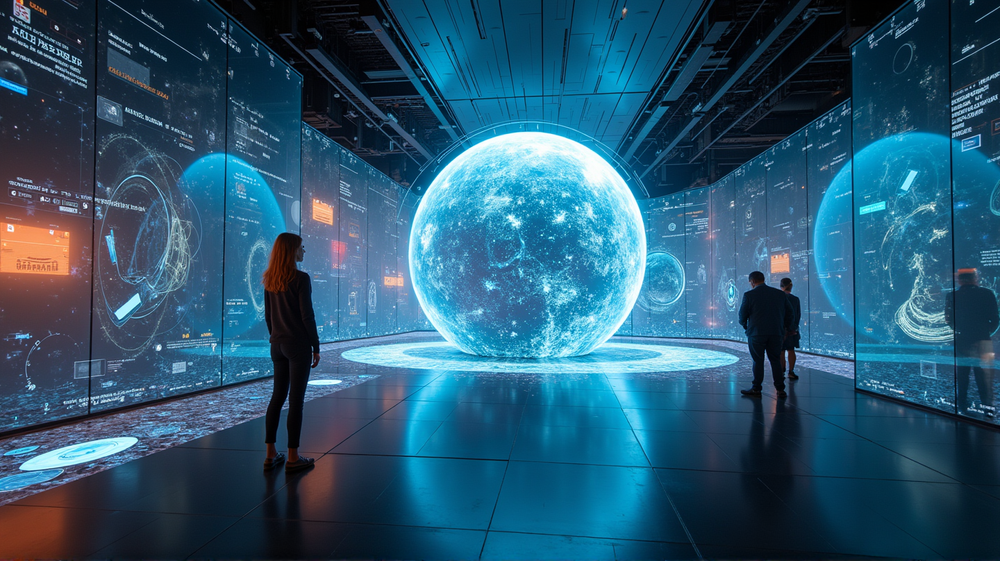The Dawn of Interactive 3-D Experiences
Imagine being able to reach out and touch virtual objects as if you are in Tony Stark’s lab from Iron Man. A new breakthrough in 3-D display technology is turning this science fiction vision into a reality. The advent of this interactive visual technology ushers in a new era where education, gaming, and artistic creation gain a tangible new dimension.
Bringing the Screen to Life
Traditional 3-D technology often involved flat screens displaying illusions of depth through rapid screen movements. However, the recent innovation by the research team led by Elodie Bouzbib at the Public University of Navarre presents an engaging alternative. The device uses oscillating elastic strips that stretch the imagination, allowing users to dive fingers-first into the digital realm, transforming a pixelated display into an interactive playground.
A Tactile Revolution in Display Technology
The transition from theoretical projection to hands-on interaction represents a pivotal step in human-computer interaction. According to Science News, volunteers testing the device found it more intuitive to manipulate graphics directly using their fingers compared to using a 3-D mouse. This new tactility makes users marvel at the soft tickling sensation of the device — a breakthrough in making technology feel right at hand.
Impressive Wider Applications
The flexible and scalable nature of this invention opens a breadth of possibilities for applications. The potential spans fields, from telemedicine, where touch control could refine surgery simulation, to e-commerce, allowing consumers to virtually handle products before purchase. While currently limited in size, ongoing research aims to break through these bounds, perhaps even embracing haptic feedback or projecting onto gases for a seamless touch experience.
A Leap Towards a Living Interface
Innovators like Elodie Bouzbib and Tatsuki Fushimi see vast potential in these displays, dreaming of workstation consoles or even integrating with home entertainment systems. As her team contemplates enlarging the platform and incorporating deeper sensory feedback, the frontier of human-technology interaction expands, captivating visions of future realities becoming more vivid every day, all through the tremor of a finger-tip touch.
The rapid strides in transforming how we perceive and manipulate digital objects are reshaping how academic, creative, and play spaces will evolve. In this promising future, every swipe and pinch enjoys an unparalleled level of connectivity with technology.












